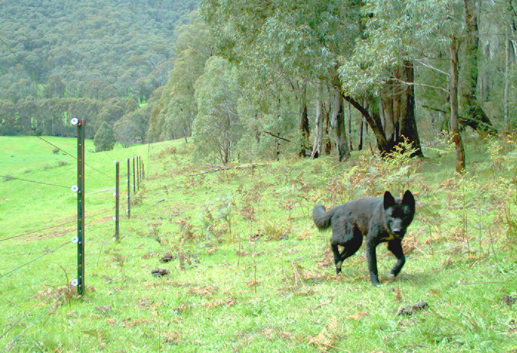Biosecurity experts have again joined forces with local landholders for a pest animal control campaign throughout Spring.
Led by the Wyong-based Local Land Services, the program will target wild dogs and foxes threatening livestock, wildlife and domestic pets.
Biosecurity Officer, Gareth Cleal, said that even though this year’s program was smaller due to COVID safety protocols, landholder cooperation and involvement remained strong.
“Local Land Services has set up contactless bait collection to allow us to continue carrying out this critical work,” he said.
The baiting program will be held from September 22 until October 22 and areas involved will include Wyong Creek, South Tacoma, Tuggerah, Ravensdale, Jilliby, Ourimbah, Cedar Brush Creek, Dooralong, Mangrove Mountain, Greengrove, Lower Mangrove, Kulnura and Somersby.
Residents in these areas are urged to restrain all domestic pets and working dogs during the program.
In the event of accidental poisoning of a domestic pet, seek immediate veterinary assistance.
Cleal said the program involved the use of 1080 baits and candid pest ejectors placed strategically on properties in line with strict government legislation.
“Only authorised, fully trained operators with current chemical qualifications are permitted to use 1080 or prepare baits which includes our officers and all involved landholders.
“Rules around use include a comprehensive risk assessment of target areas, extensive public notification processes, placing baits minimum distances from habitation, use of remote cameras to minimise presence of non-target animals, clear signposts as well as bait tethering and/or burying to further protect native wildlife and domestic pets,” Cleal said.
He said many people didn’t realise 1080 was a naturally occurring toxin found in more than 30 species of native Australian plants, it doesn’t damage the natural environment, as it’s water soluble and readily broken down by naturally occurring bacteria and fungi.
“Australia’s native wildlife have evolved tolerance to 1080, unlike the introduced dog and fox.
“That is why it is considered the best environmental option to control pest animals,” Cleal said.
Source:
Media release, Sep 17
Local Land Services


